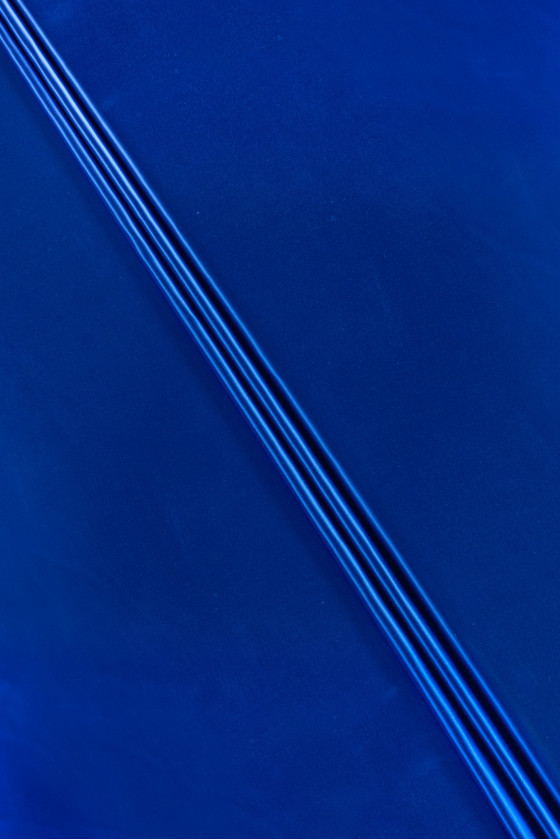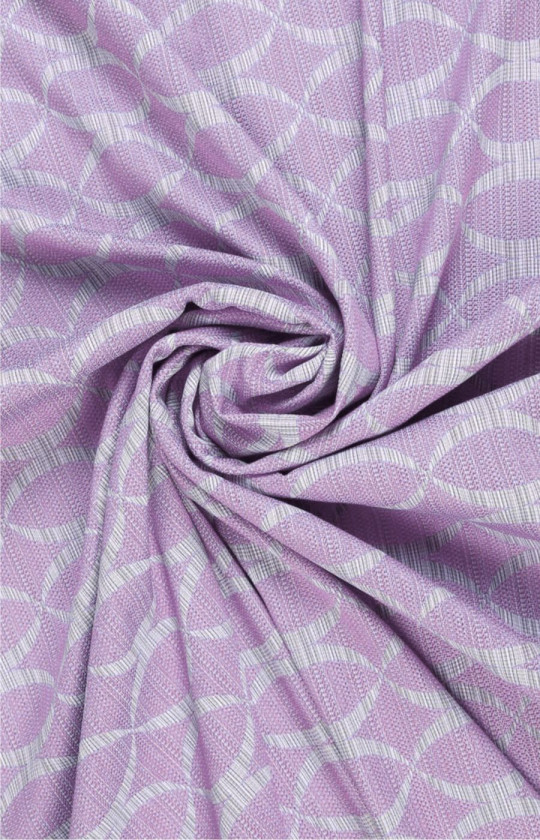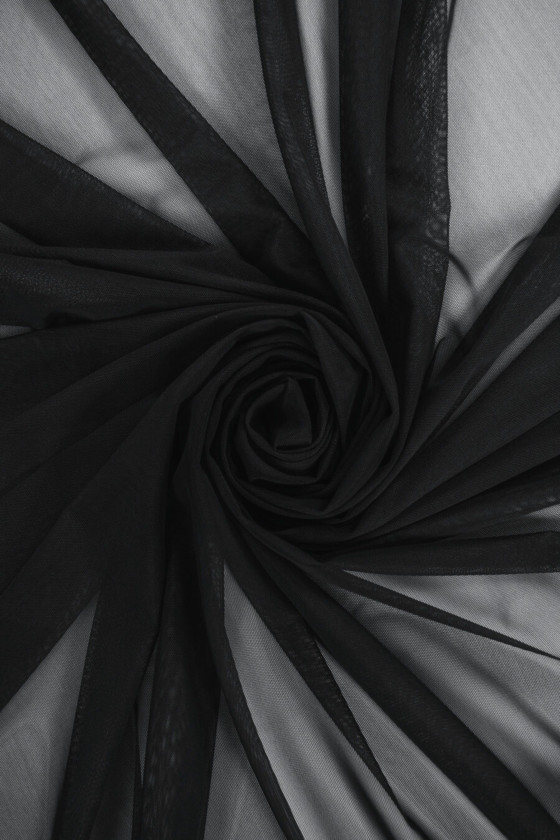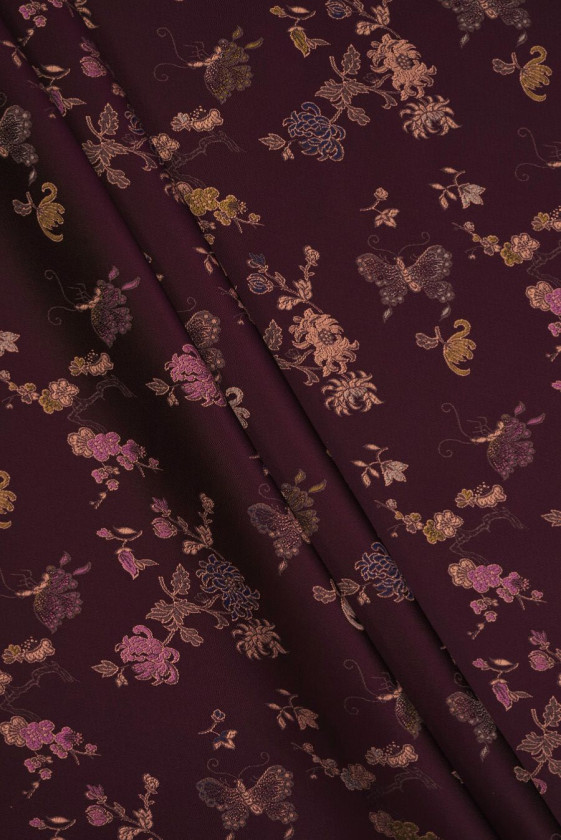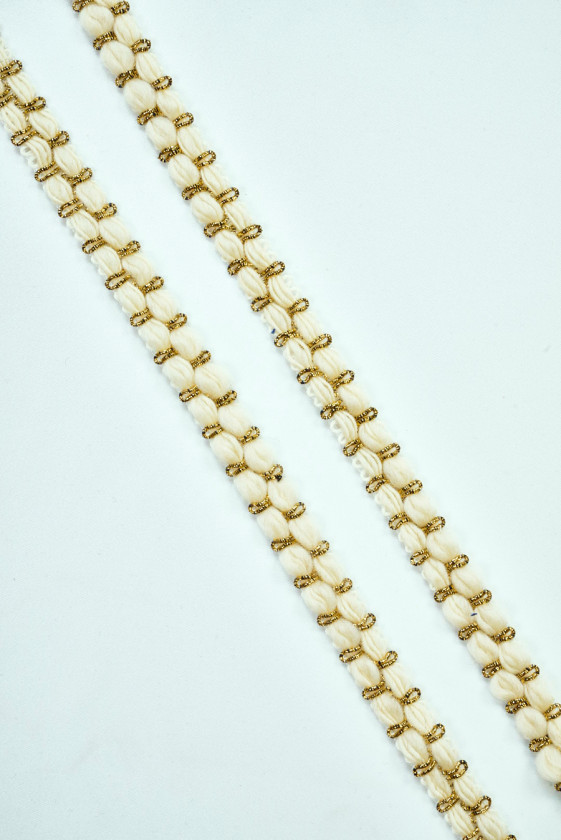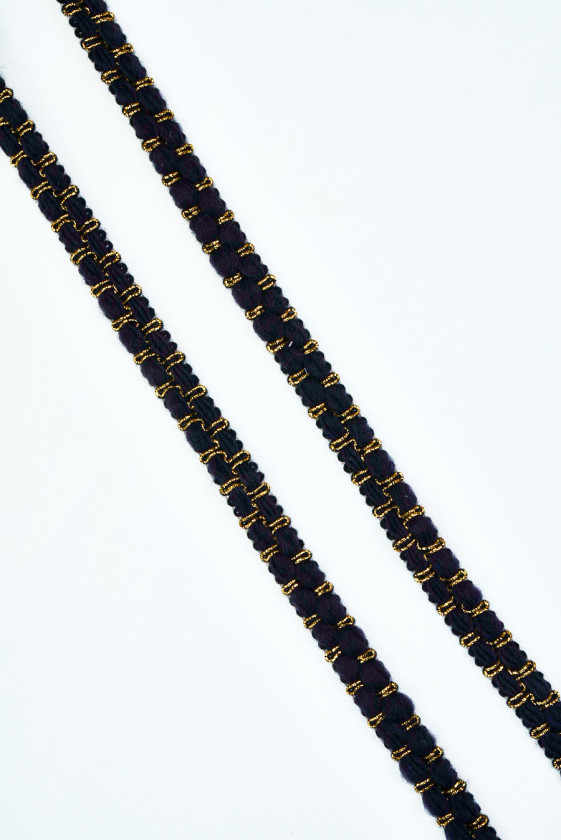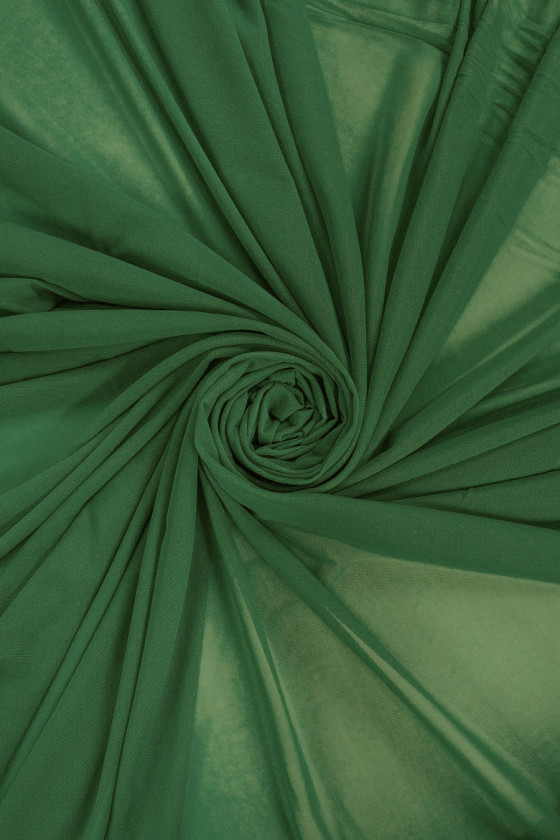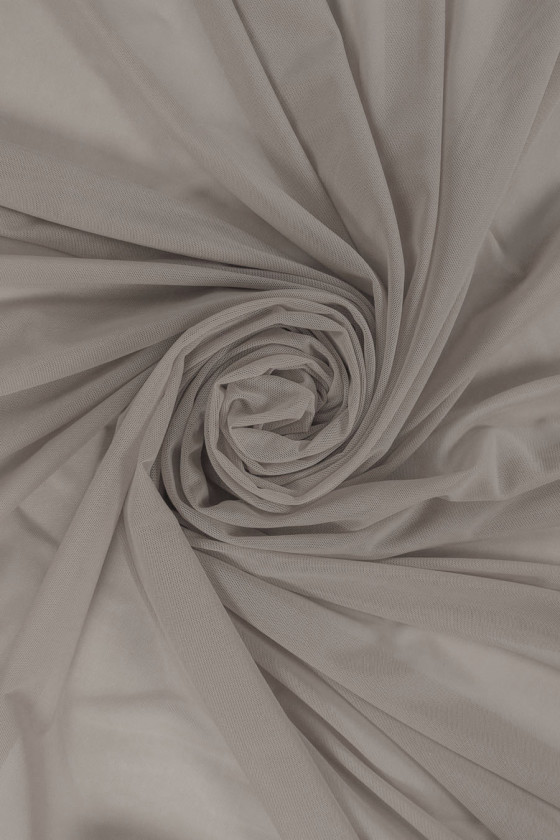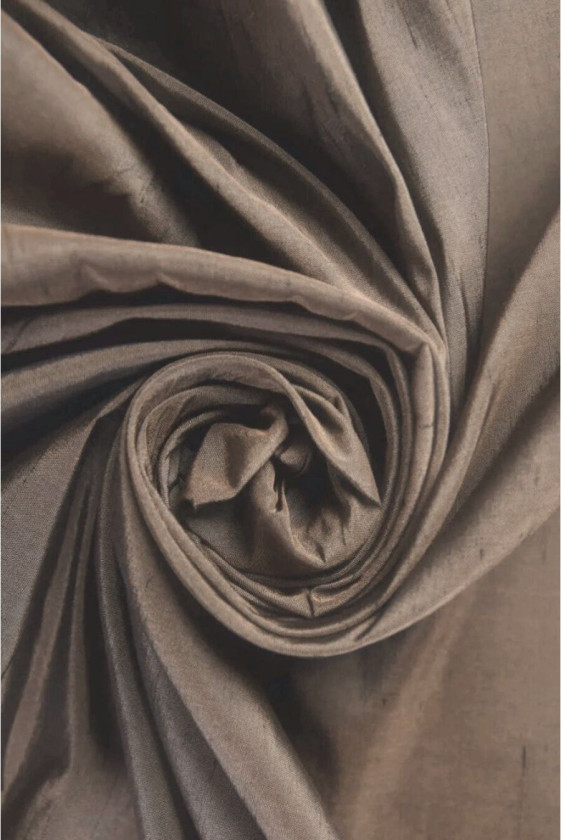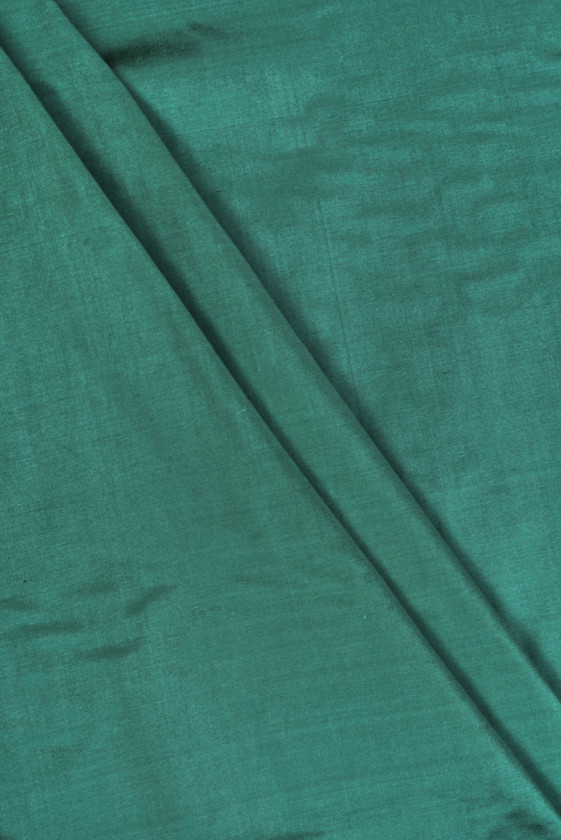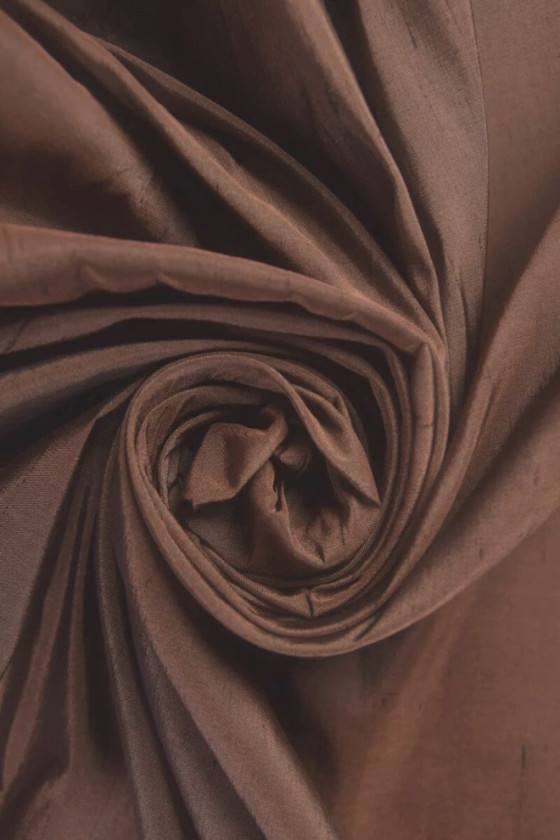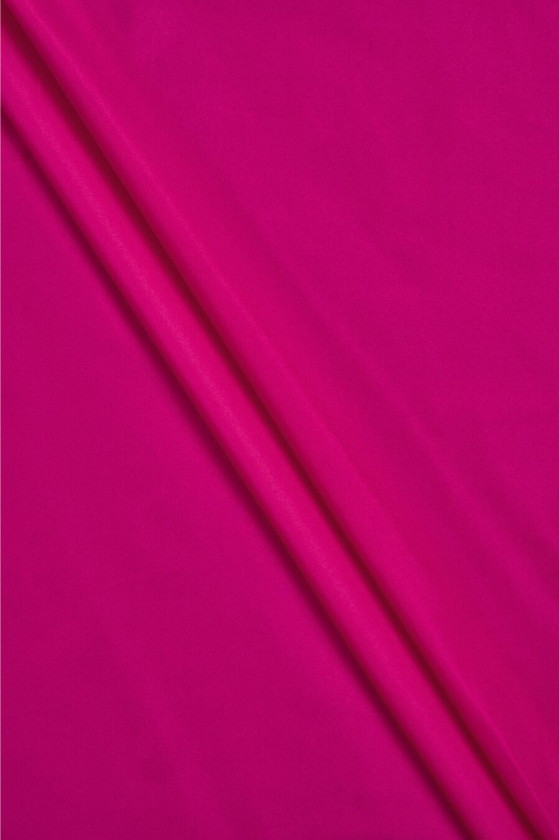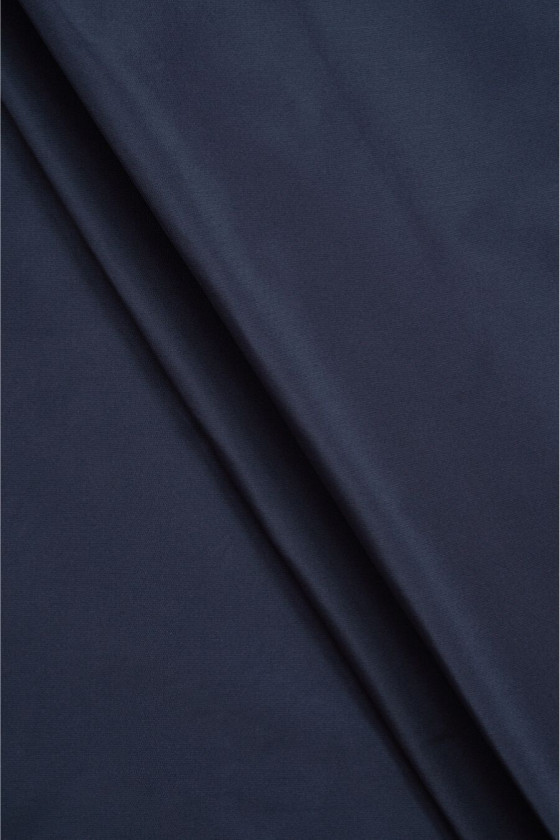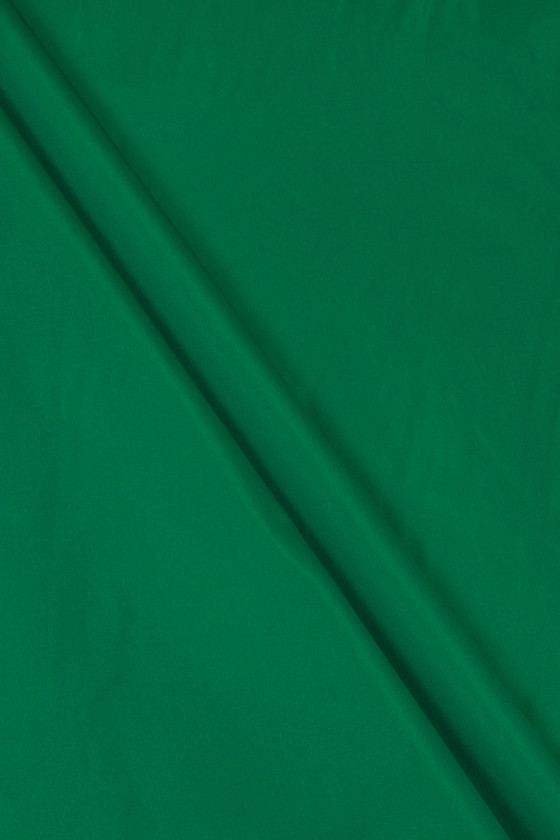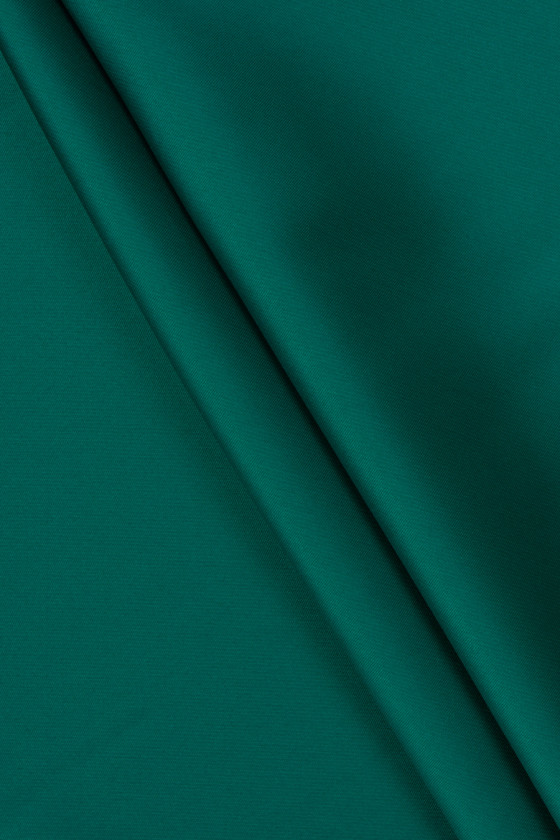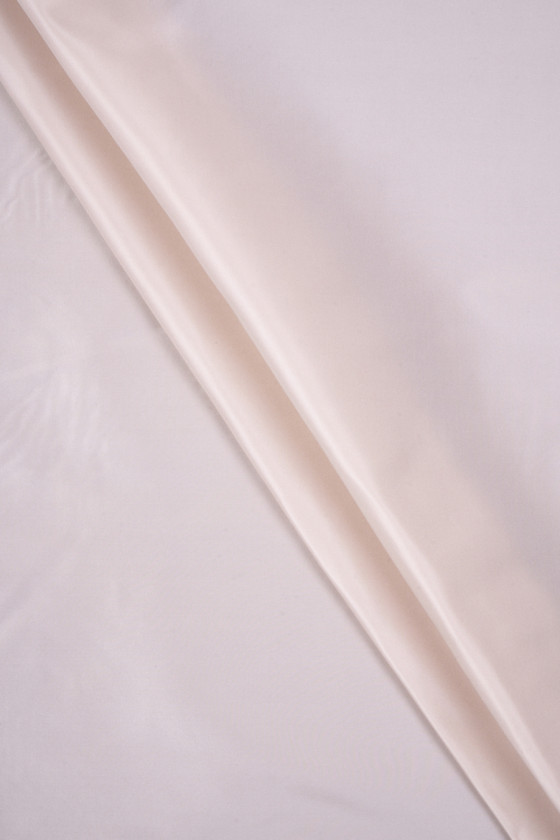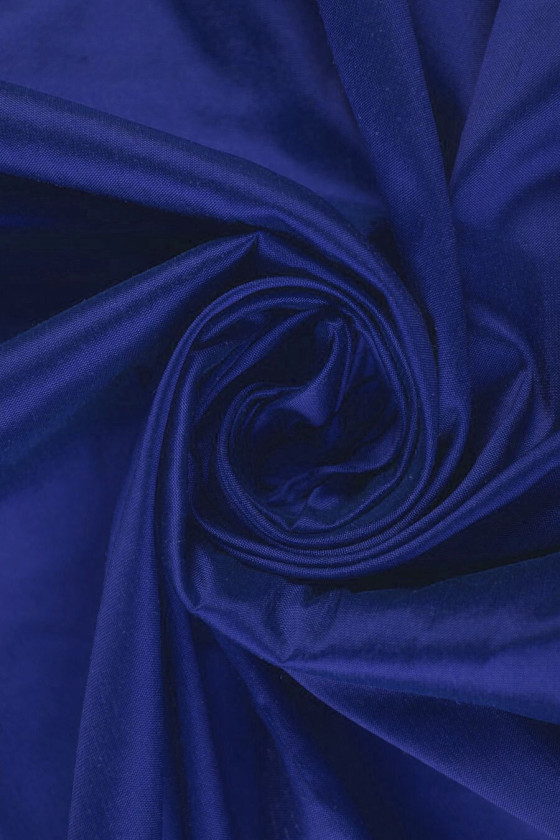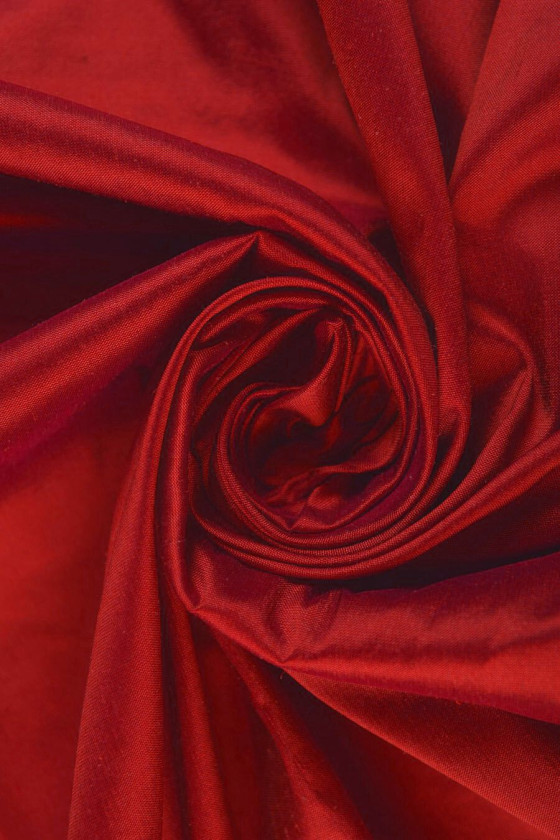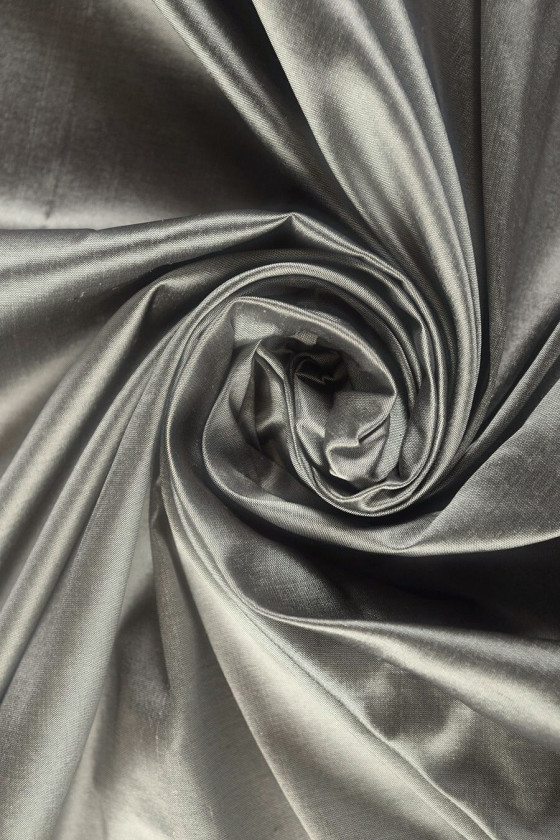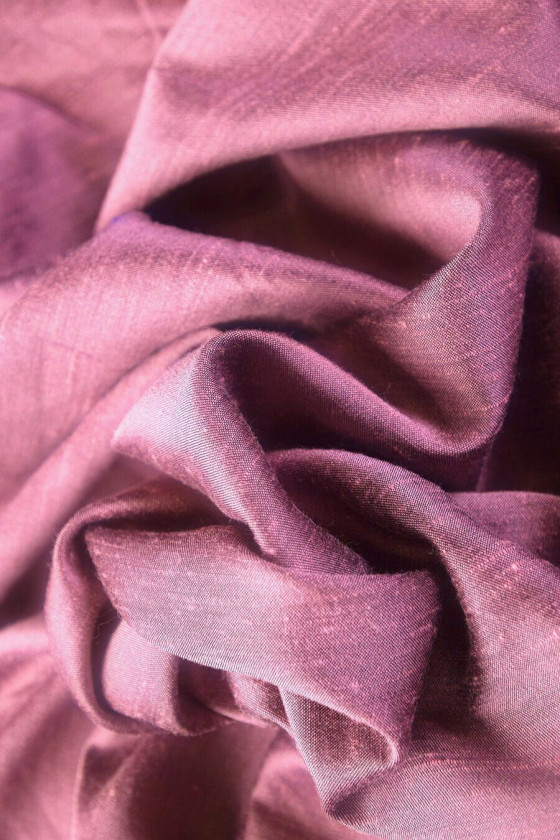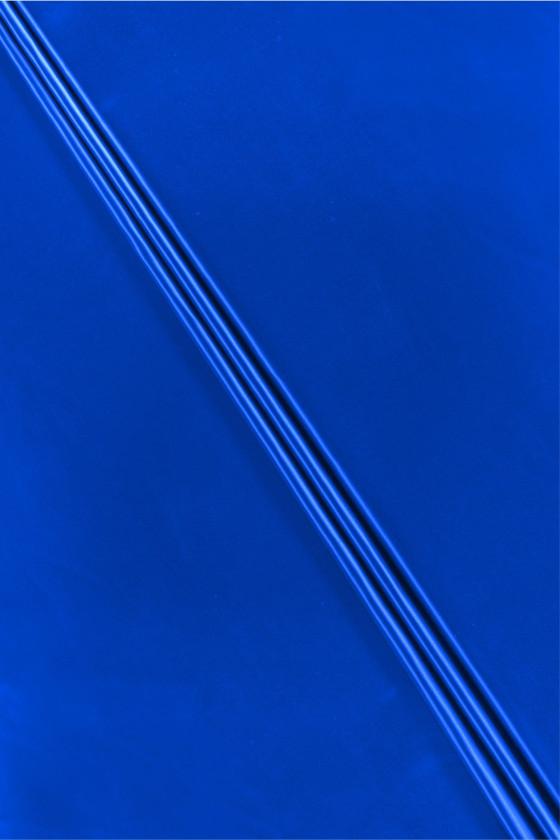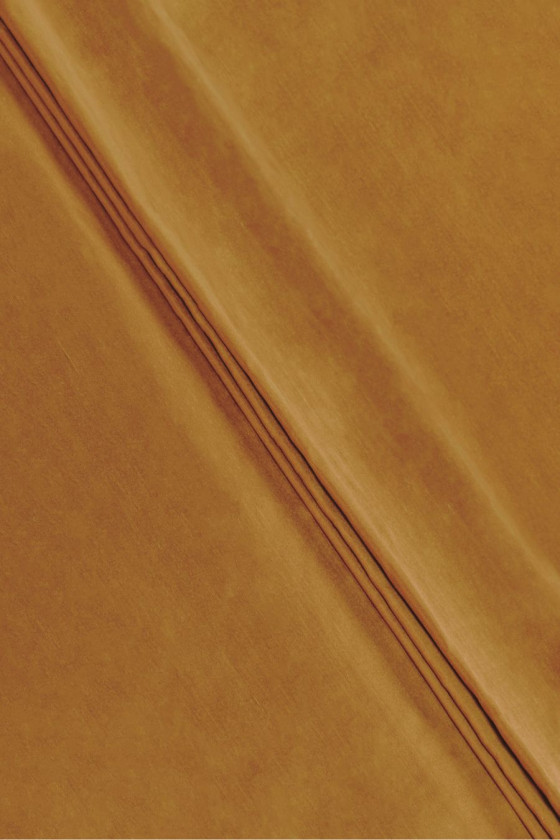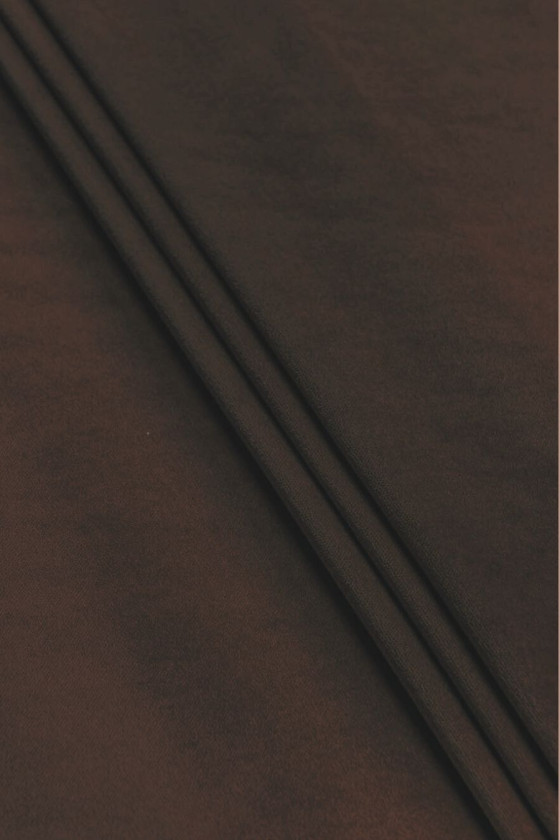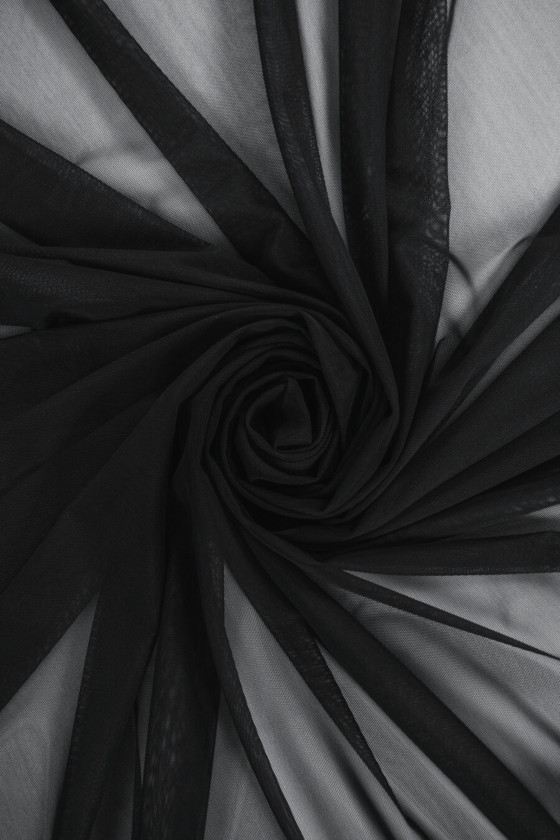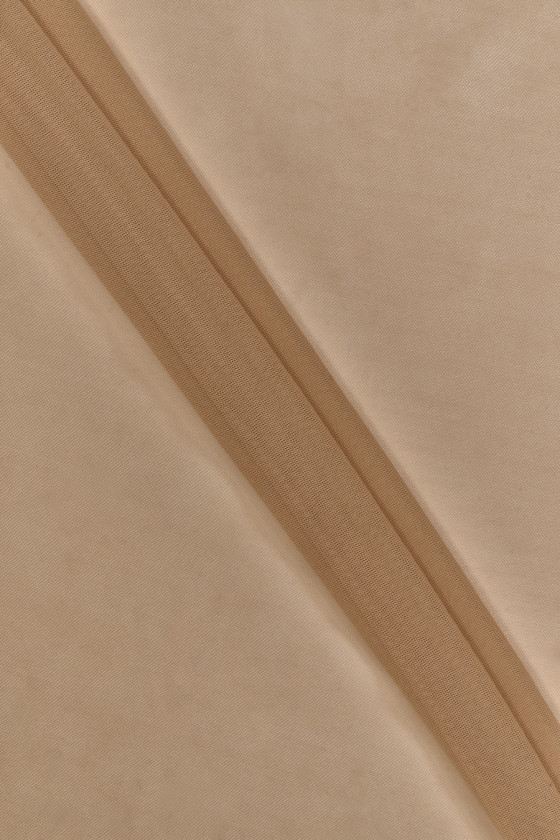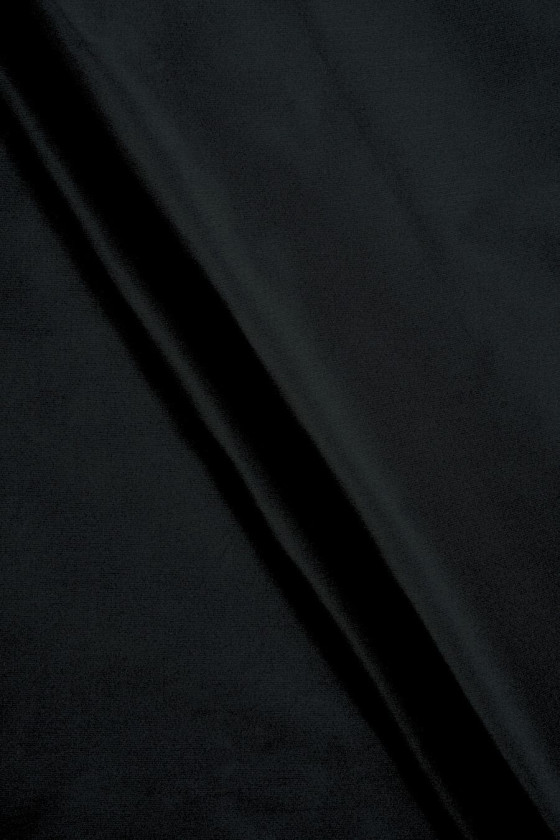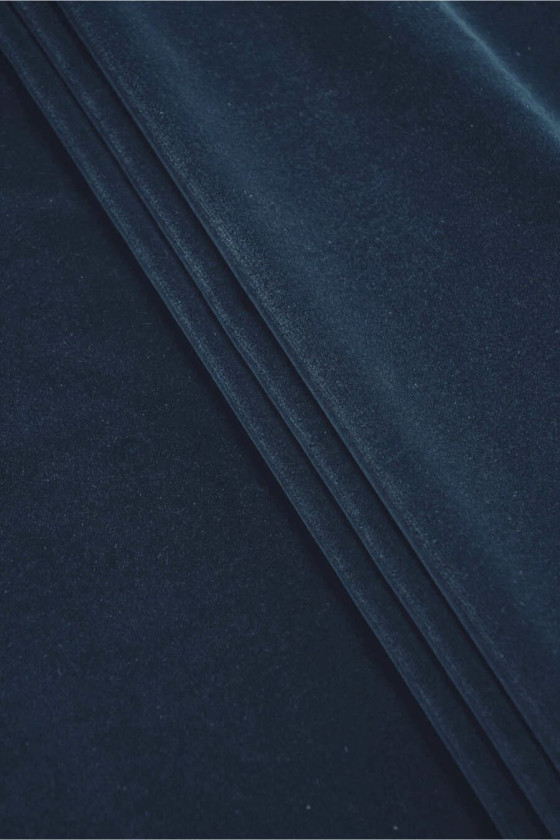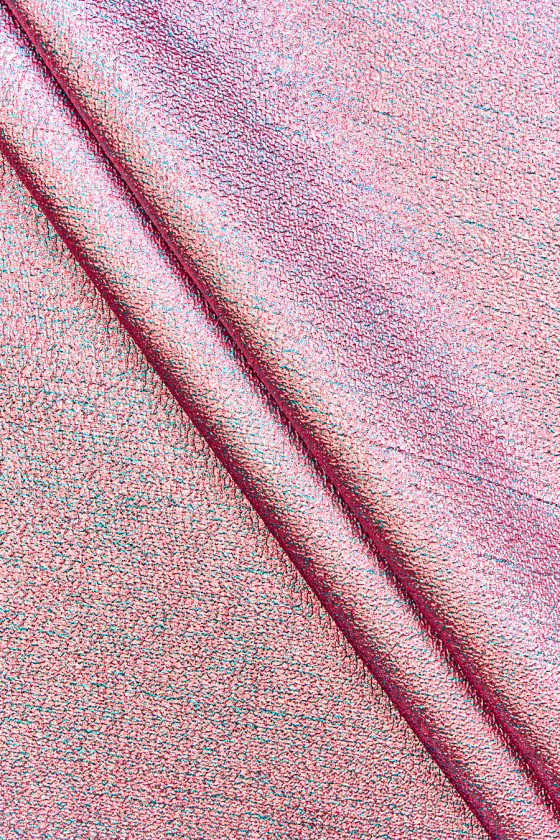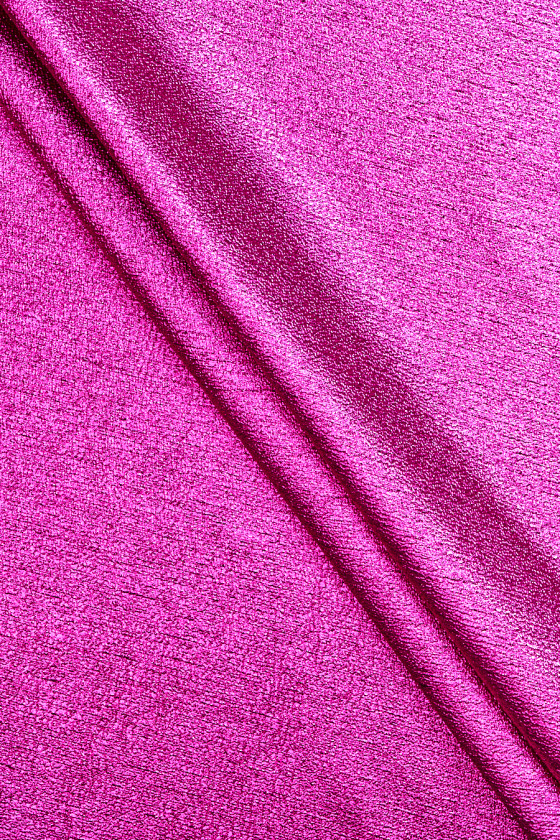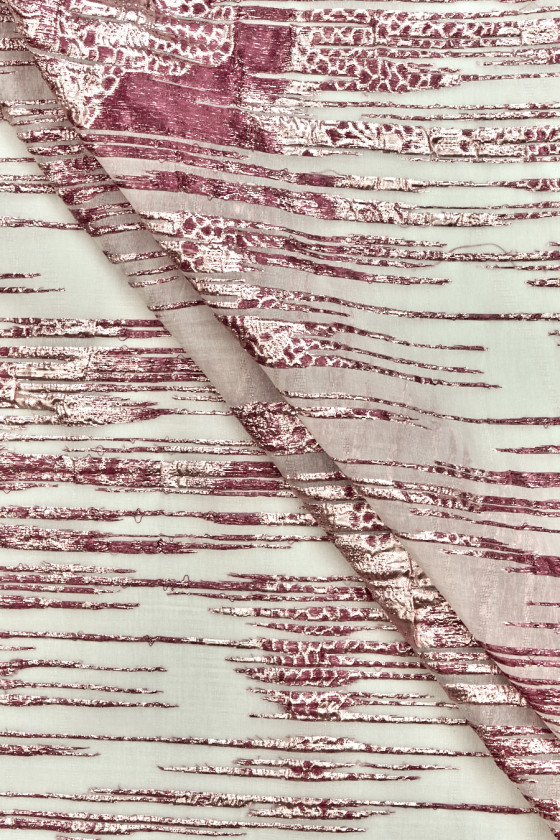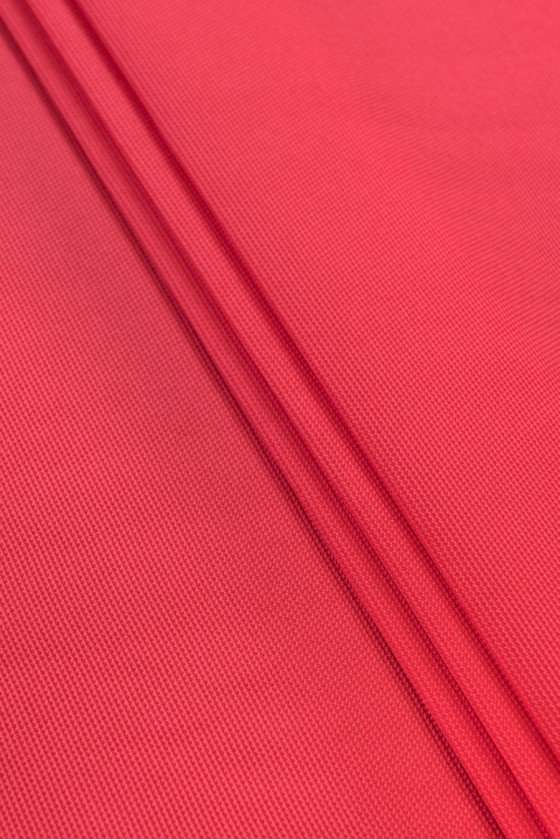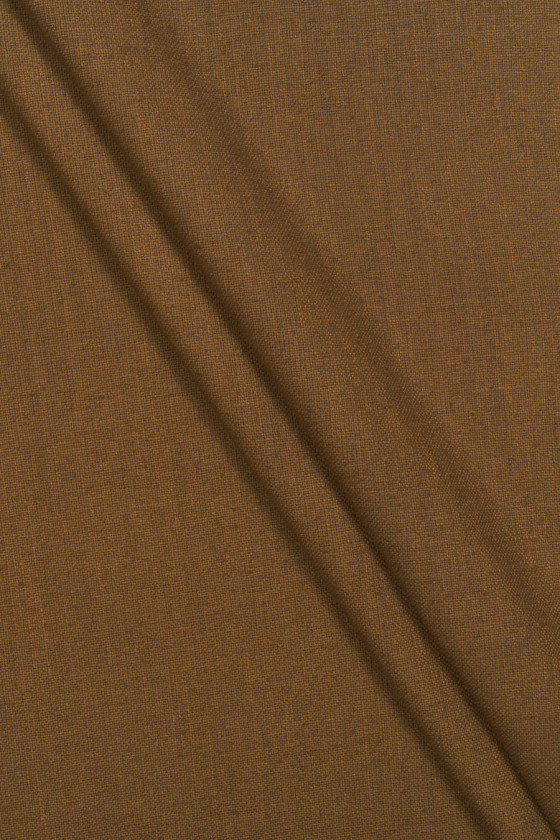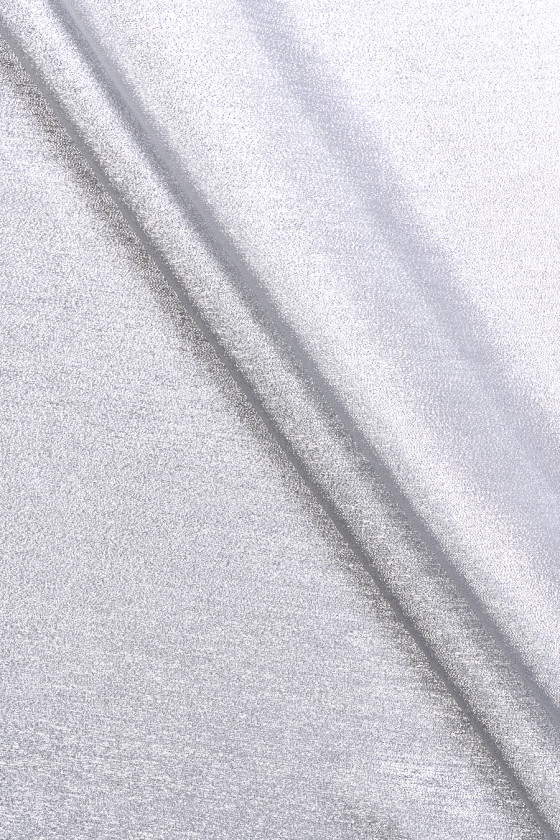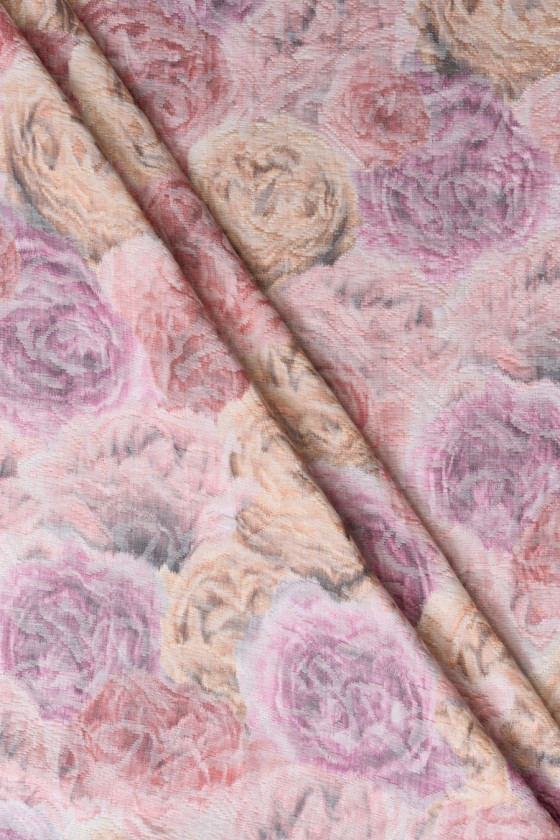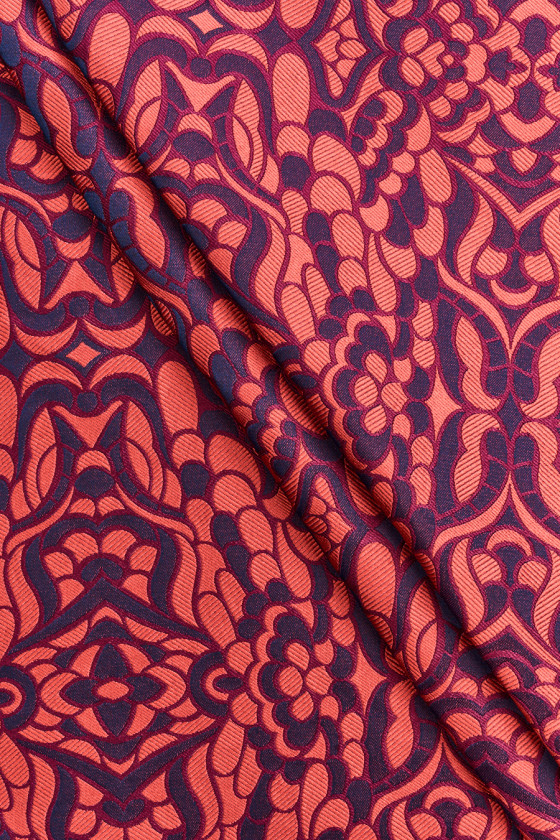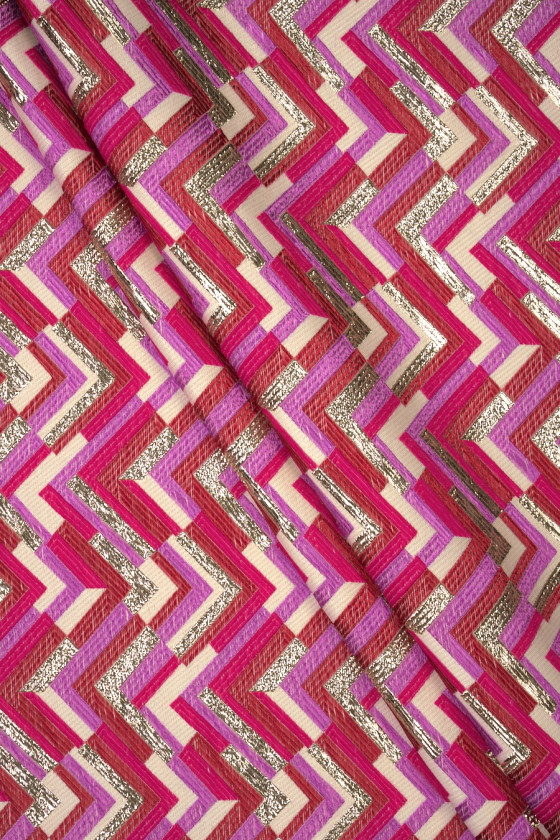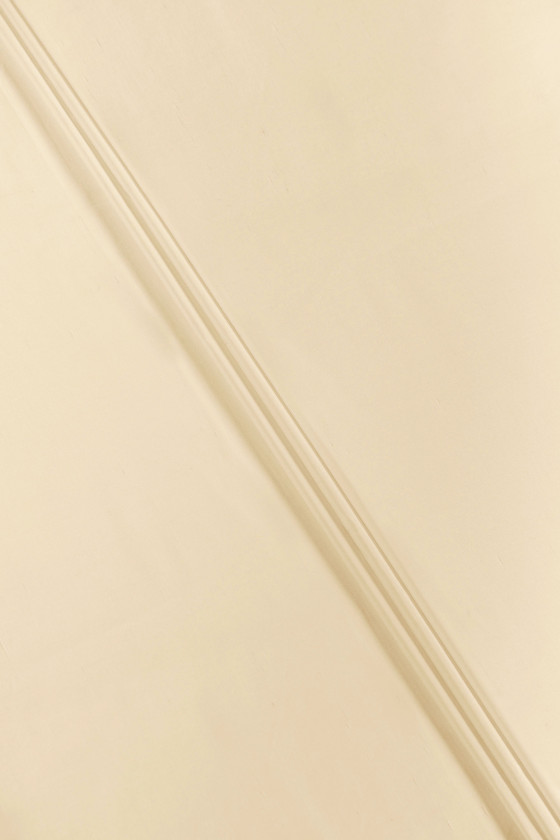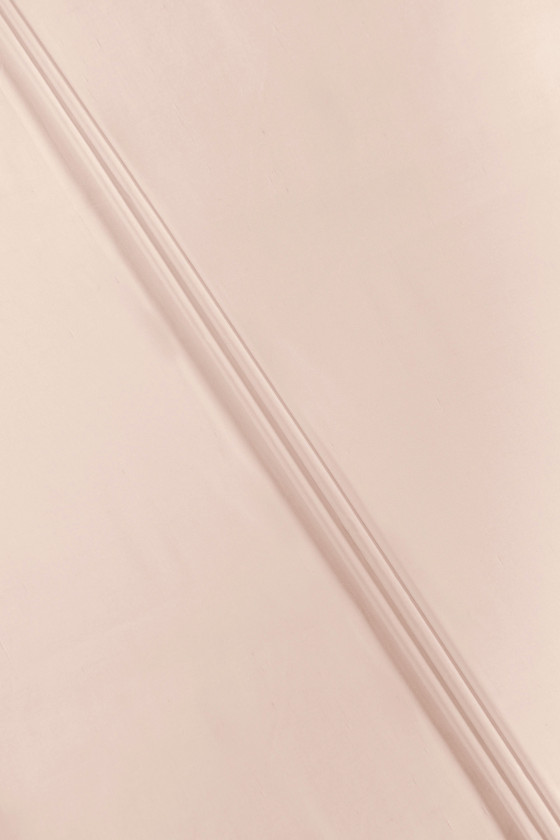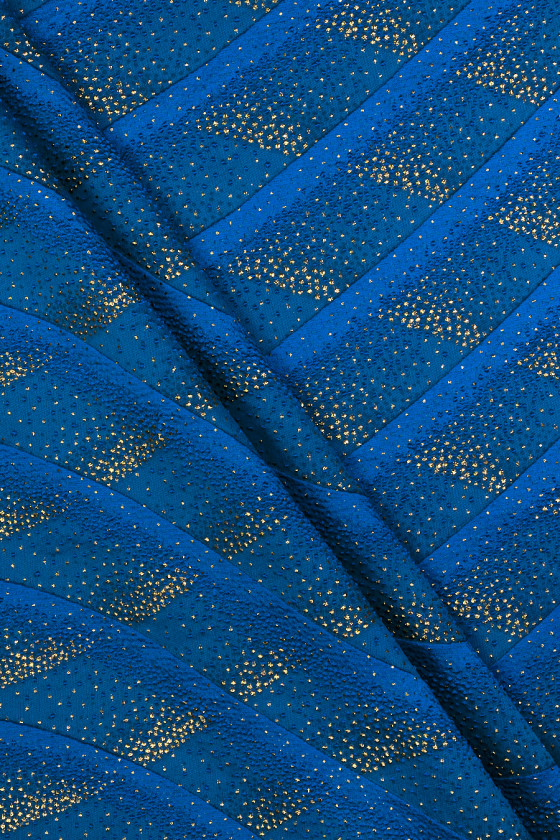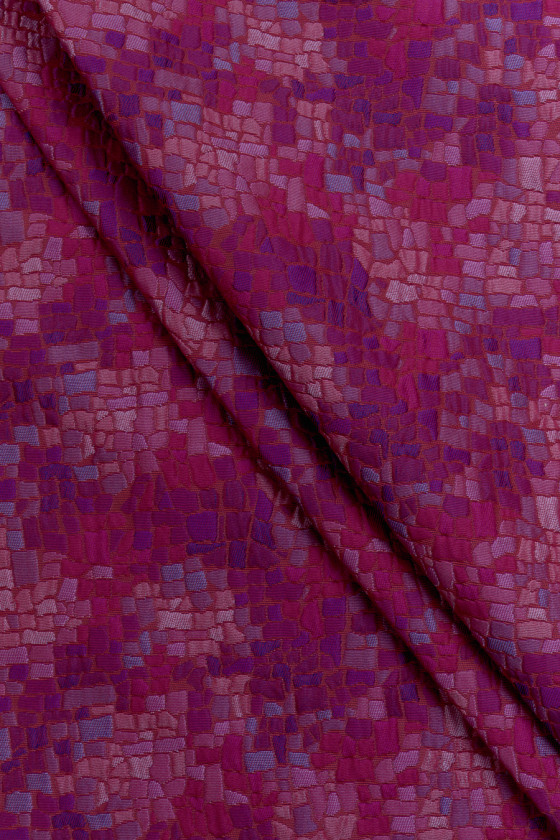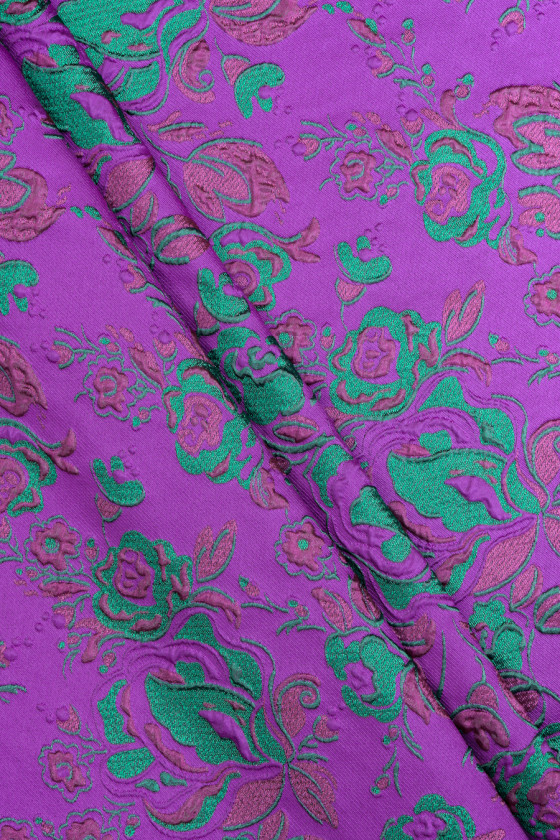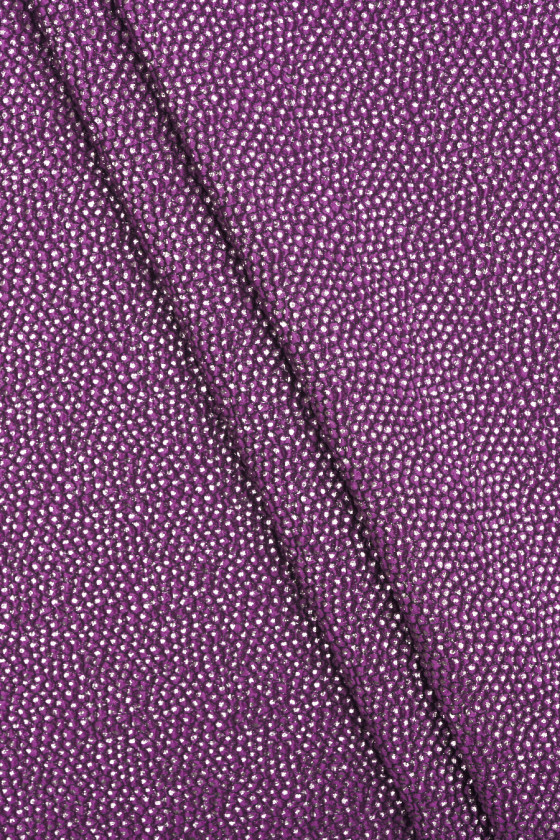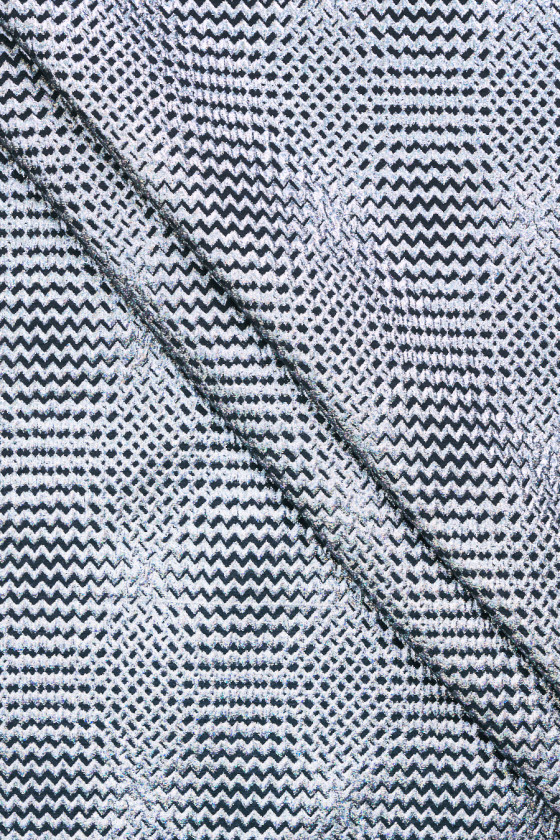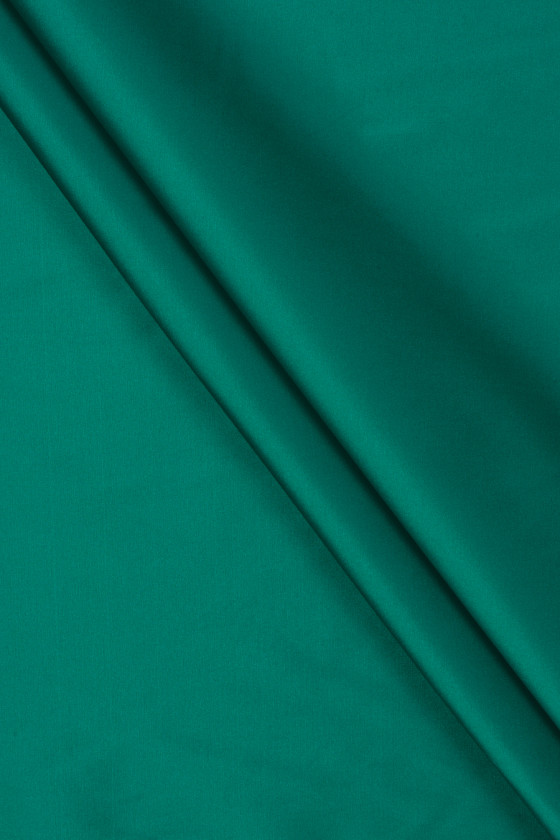- Új termékek
-
Eladás
-
- Bársony és velúr
- Flitterek és gyöngyök
- Cadi és Żorżetka
- Devore
- Ökobőr és természetes bőr
- Öko szőrme
- Exkluzív
- Egyéb szövetek
- Farmer és kordbársony
- Kasmír és gyapjú
- Csipke
- Len
- Lycra
- Tüll és háló
- Chanel típus
- Jacquard
- Sima szövetek
- Mintás szövetek
- Szövetek az állandó kínálatban
- Aláírt
-
Viszkóz
-
Selyem
-
Bélés
-
Rövidáru
- Szövetek az állandó kínálatban
Wishlist
- No products
Dekorációkhoz és függönyökhöz
Lila jacquard hullámokban KUPON 60cm
Tüll háló fekete
Burgundi jacquard virágokkal
Chanel krémszalag arannyal
Puha zöld tüll háló
Puha szürke-bézs tüll háló
Zöld taft taft
Selyembarna Shandong
Fukszia selyem taft shandong
Sötétkék taft taft
Zöld poliészter taft
Búzavirág selyem shandong
Piros taft selyem sönt
Bordó selyem shandong
Kőris selyem sönt
Selyem shandong ekrü
Szatén búzavirág taft KUPON 60cm
Velúr (bársony) pamut barna
Puha fekete tüll háló
Puha tüll háló bézs
Fekete selyem shantong
Rózsaszín és türkiz jacquard
Fukszia jacquard - fekete
Geometriai jacquard
Poliészter organza ezüst
Jacquard rózsákkal
Jacquard díszes mintákkal
Zöld poliészter taft
Shantung selyem hideg bézs
Kék jacquard aranyfoltos
Jacquard tégla
Virágos jacquard
Ezüst-lila jacquard
Jacquard ezüst cikk-cakkokkal
Shantung selyem kéttónusú
Selyem Shandong kéttónusú KEDVEZMÉNY
Mint a divat esetében, a belsőépítészet esetében bizonyos trendek eltűnnek, csak egy idő után térnek vissza ugyanabban vagy kissé modern formában. Ami a belsőépítészetet illeti, az elmúlt években a minimalizmus dominált. Takarékos kiegészítők, sok fehér és szürke, hideg és néha még szigorú belső terek, mintha nem lennének teljesen befejezve.
Lassan azonban nyilvánvalóvá válik, hogy ez a tendencia visszaszorulóban van, és a helyén megjelenik a boho stílus divatja, sok természetes anyaggal, például fával vagy fonottal. A retro stílus iránti érdeklődés visszatérőben van. Az 50-es évek berendezéseként stilizált hűtőszekrények vagy kályhák, pasztell színekben, vagy a kommunista korszakból származó komódok és fotelek az egyik legkeresettebb tartozék.
A növények is visszatérnek a belső terekbe, mind azok, amelyek szüleink és nagyszüleink lakásaiban találhatók, mind az egzotikusabbak.
Dekoratív szövetek - szövettípusok
Ha otthoni szövetet szeretne vásárolni, nehéz választással szembesül. A gyártók olyan széles termékválasztékot kínálnak nekünk, ha megjelenésről, textúráról és összetételről van szó, hogy elveszettnek érezhetjük magunkat. Sok anyag-nagykereskedő dekoratív szöveteket kínál nekünk a mérővel, dekoratív szöveteket függönyökhöz, terítőkhöz, ágytakarókhoz. Ezen kívül kárpitos anyagok vagy dekoratív dekoratív szövetek.
Ami a kompozíciót illeti, a következő szöveteket különböztethetjük meg:
- természetesek, amelyek közül a legnépszerűbbek a gyapjú, pamut, selyem vagy vászon. Kellemesek a bőr számára, nem irritálják, hagyják lélegezni;
- mesterséges, amelyek a semmiből készülnek, de előállításuk során természetes összetevőket, például cellulózt vagy gumit használnak. Ebbe a csoportba tartozik a viszkóz, modális, lyocell;
- Csak olyan anyagokból készült szintetikus szövetek, amelyek természetesen nem találhatók meg. Ebben a csoportban megkülönböztethetjük a poliésztert, a poliamidot, az elasztánt vagy az akrilt. Bár a levegő számára áthatolhatatlanok, és ruházat esetén kerülni kell őket, olyan előnyeik vannak, mint a nagy tartósság, a szennyeződéssel szembeni ellenállás vagy a színvesztés, amelyek belsőépítészeti anyagok esetében kívánatosak.
Ne feledje azonban, hogy nem minden szövet alkalmas függönyökhöz vagy ágytakarókhoz.
A belső terünkben található dekoratív szövetek kiválasztásakor érdemes figyelni nemcsak a színükre, textúrájukra vagy elrendezésükre. Az új technológiákkal létrehozott anyagok további funkciókkal is rendelkeznek, amelyek befolyásolják azok használatát.
Ezek közül a jellemzők közül megkülönböztethetjük:
Foltállóság és vízállóság - az anyag speciális bevonattal történő bevonásával jön létre. Ez biztosítja, hogy a folyadék ne áztassa be az anyagot, hanem összegyűlik a felületén. Az ilyen szövetek jól működnek a bútorok kárpitozásához és az összes terítékhez;
impregnálás - néhány szövetet gyárilag impregnálnak. A speciális készítményeknek köszönhetően otthon is impregnálhatjuk a szöveteket. A függönyök kárpitos anyagai vagy dekoratív szövetei nemcsak a szennyeződésnek, hanem a színvesztésnek is ellenállnak;
égésgátló - tűzzel érintkezve ez a fajta anyag nem foglalkozik tűzzel, hanem megolvad. Ez megakadályozza a tűz terjedését. A függönyszövetek minden nagyobb nagykereskedője rendelkezik ilyen típusú szövettel a választékában, de nyilvános helyeken, például mozikban, éttermekben, szállodákban használják.
Hogyan kell használni a dekoratív szöveteket.
A dekoratív szövetek nagyszerű módja annak, hogy átalakítsák otthonát. Még egy szerény, semleges szoba is teljesen átalakítható és hangulatos légkört és színt adhat hozzá függönyök, takarók vagy párnák hozzáadásával. Egy ilyen metamorfózis minden bizonnyal gyorsabb és olcsóbb, mint a bútorok cseréje vagy a szoba teljes átfestése.
Bár a dekoratív szöveteket inkább a belső tér kiegészítőiként kezelik, gyakran karaktert adnak neki, és befolyásolják, hogyan érezzük magunkat egy adott szobában. Ezért érdemes nemcsak a nappaliba, hanem más formájú szobákba is bemutatni őket.
Függönyök és függönyök - egy módja annak, hogy a szöveteket a belső térbe vezessék be, amelyek bármilyen elrendezésben működnek. Nem számít, hogy a szoba modern légkörben, boho vagy glamour stílusban van-e. A függönyök mindig kellemesebbé teszik, és a nyári hónapokban megvédik a helyiséget a felmelegedéstől. A mérő dekoratív szövetei lehetővé teszik, hogy a függönyöket vagy a hálófüggönyöket bármilyen ablakmérethez igazítsa.
Takarók és párnák - szövetek és színek párnákkal, takarókkal vagy ágytakarókkal is hozzáadhatók. Ezek viszonylag olcsó elemek, így több készletet is beszerezhetünk különböző színekben és mintákban, és időről időre megváltoztathatjuk őket, így a belső tér frissítésének hatását érhetjük el.
Fali dekorációk - a rusztikus és boho stílus divatjának visszatérésével falakat is díszíthetünk szövetekkel. A színes gyapjú kilimek vagy fonott makramé a dekoráció eredeti eleme lesz.
Abroszok és szalvéták - dekoratív szövetek is használhatók olyan elemként, amely megváltoztatja asztalunkat. Egy szép terítő vagy asztali futó minden nap jól fog működni. A dekoratívabbak még egyedibbé teszik a különleges alkalmakra vagy ünnepekre készített asztalt.

